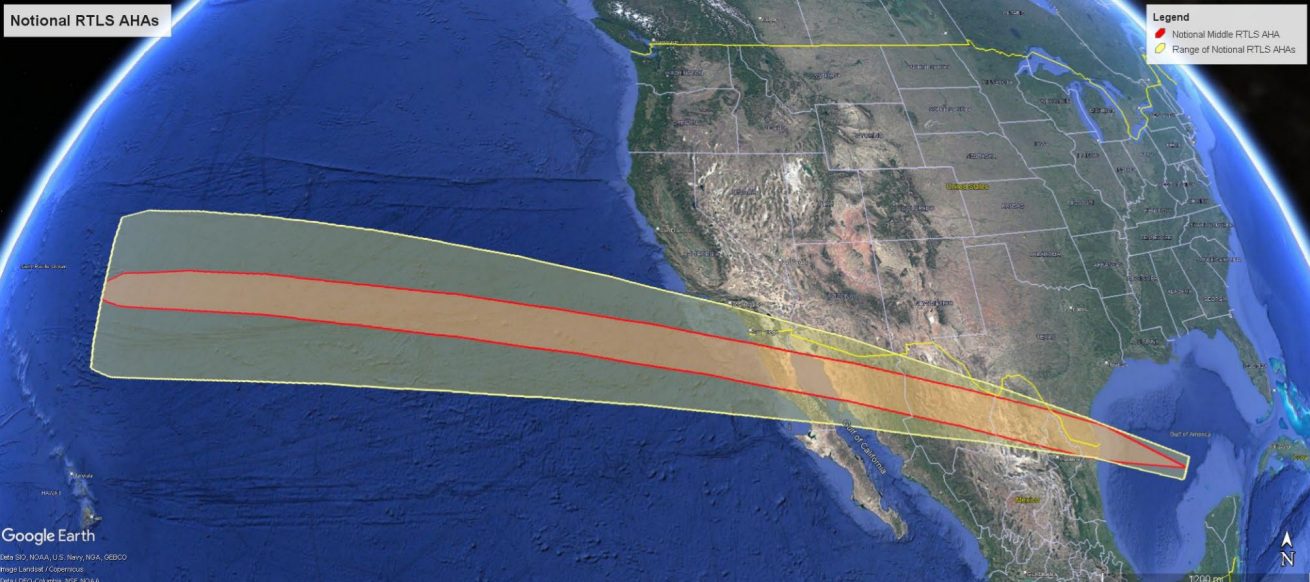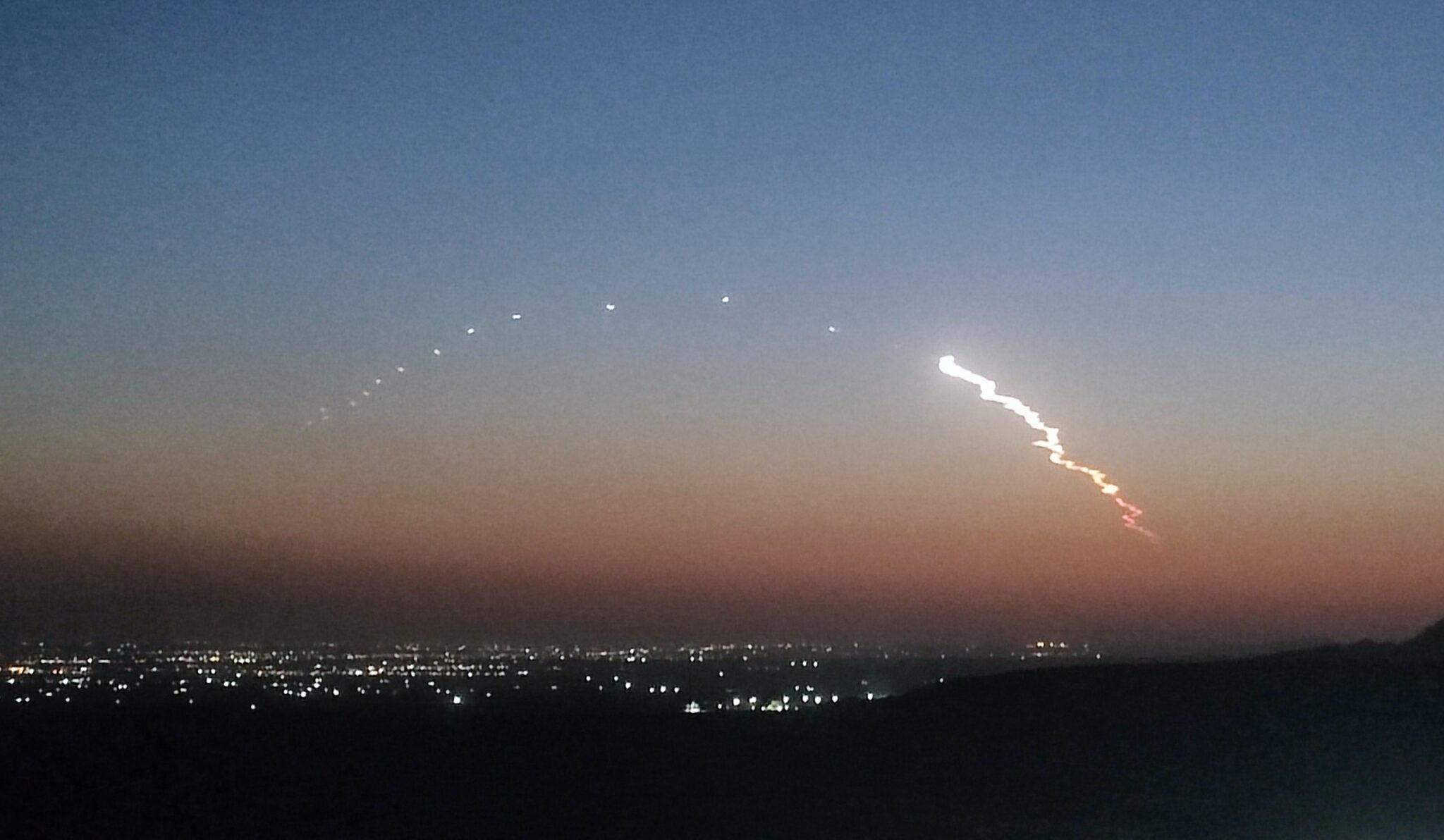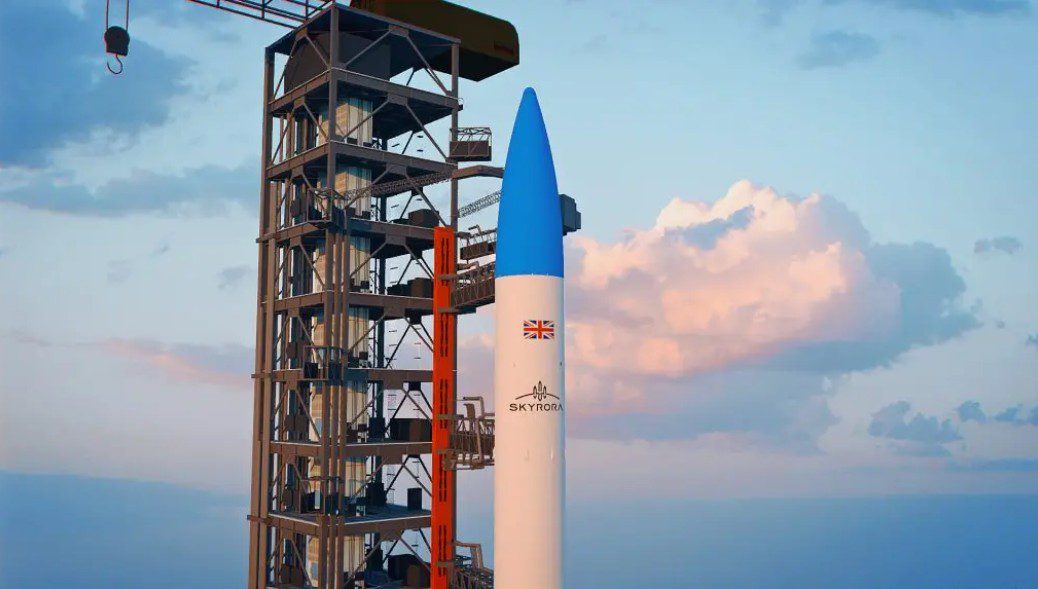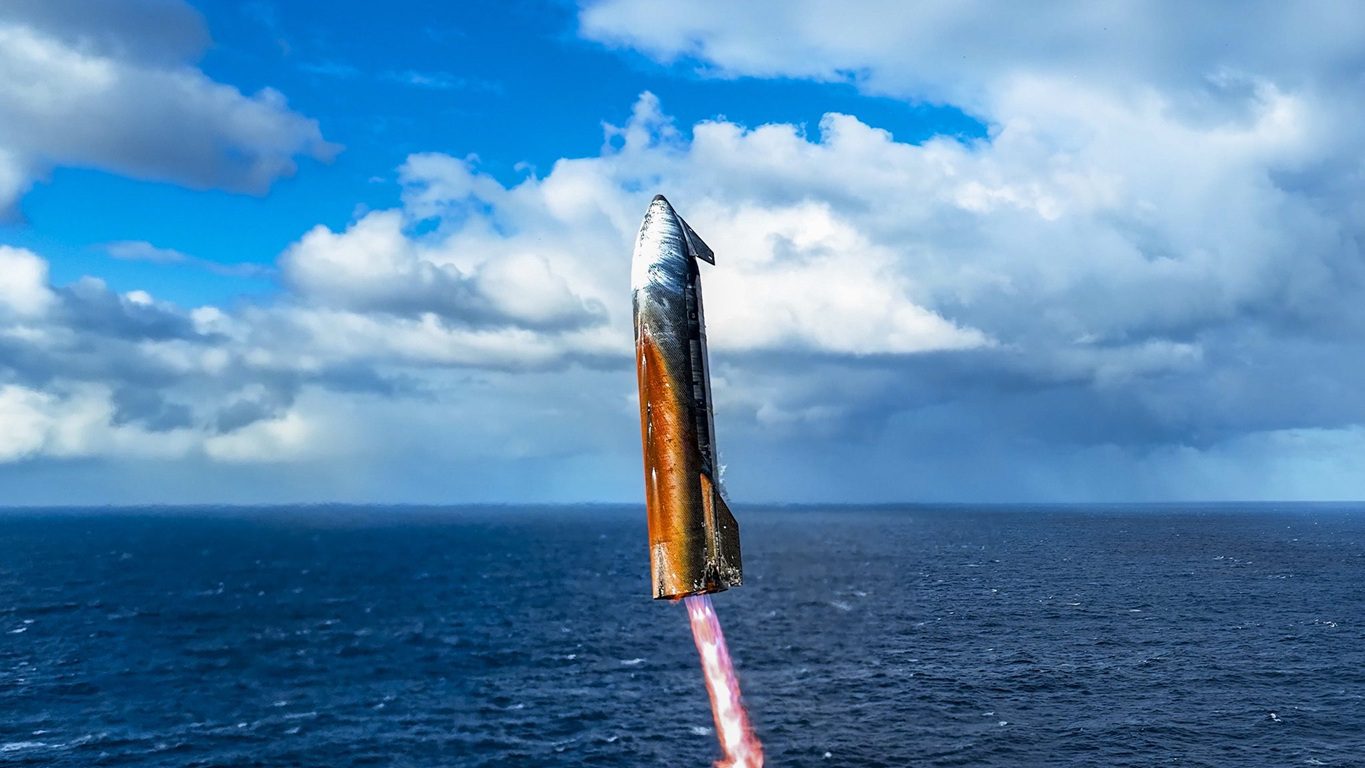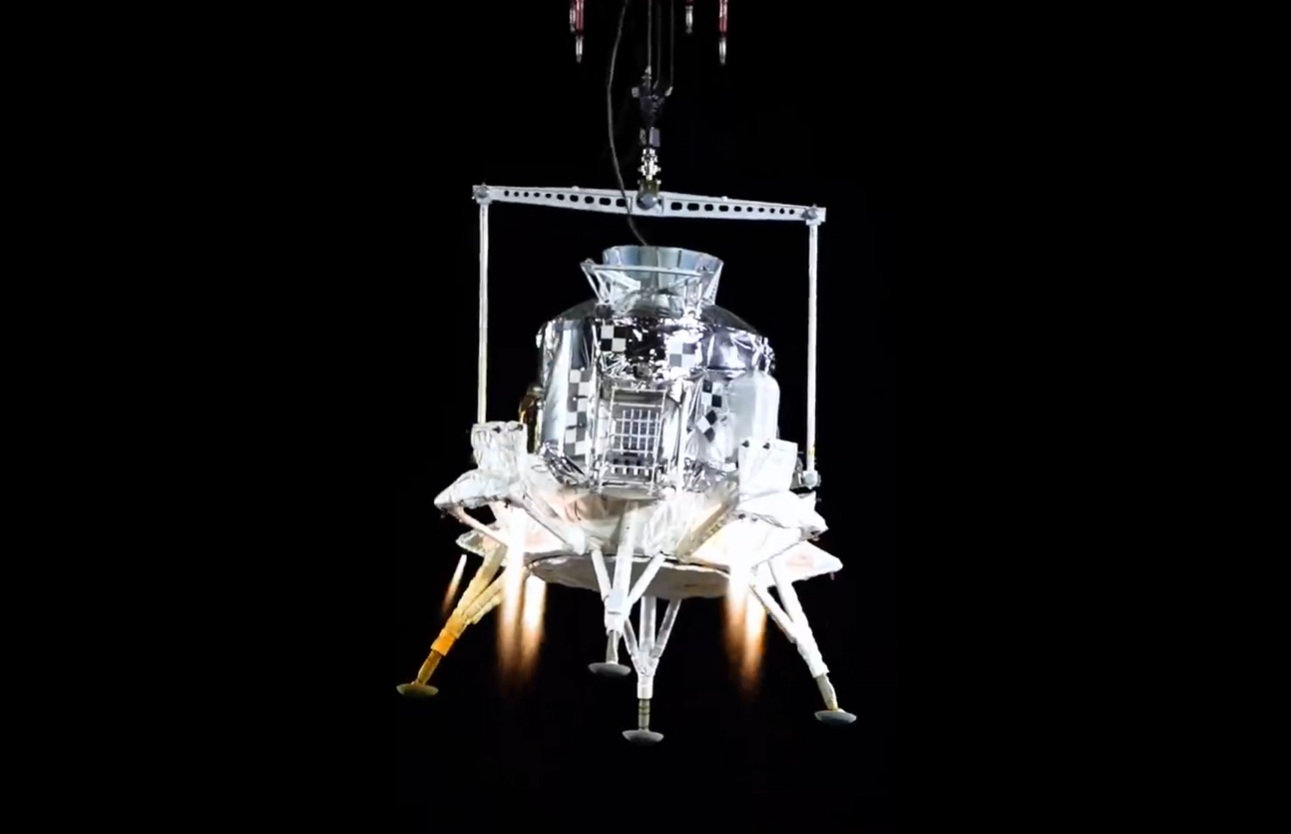TEST FLYING PROGRAMME FOR VIRGIN GALACTIC SPACE LAUNCH SYSTEM NOW FULLY UNDERWAY – MOTHERSHIP EVE ACHIEVES FASTEST AND LONGEST YET FLIGHT IN THE TROPOSPHERE
WhiteKnightTwo launch vehicle for SpaceShipTwo heralds a new era in aerospace fuel efficiency, performance and versatility
Mojave Air and Spaceport,
27th March 2009
The test flying programme for WhiteKnightTwo (WK2), the space launch vehicle being developed for Virgin Galactic’s SpaceShipTwo (SS2) has now completed its third successful test flight – the longest and fastest to date with a duration of over two and half hours, maximum speed of 140 knots and an altitude of over 18,000 ft. The flight also saw a further 7 tests successfully completed including in flight engine restarts, engine thrust asymmetry assessment and continued expansion of WK2’s operating envelope and evaluation of WK2’s handling qualities.
In addition to launching SS2, the WK2 also has a range of science payload and training applications including the potential to launch an unmanned rocket capable of putting a satellite into low Earth orbit.
Test pilot Peter Siebold who also piloted the first two three missions said:
“This is a truly remarkable aviation vehicle and, although it might look unique from the ground it is not strange to fly in any way and is in fact a great piloting experience. Now the stratosphere is the limit as we will continually test Eve (WK2) for the next few months up to her ceiling of above 50,000 ft.”
Christened “EVE” in honor of Sir Richard Branson’s mother, WK2 is both visually remarkable and represents ground-breaking aerospace technology. It is the world’s largest all carbon composite aircraft and many of its component parts have been built using composite materials for the very first time. At 140 ft, the wing spar is, we believe, the longest single carbon composite aviation structural component ever manufactured.
Driven by a demanding performance specification set by Virgin Galactic, WK2 has a unique heavy lift, high altitude capability and an open architecture driven design which provides for maximum versatility in the weight, mass and volume of its payload potential. It has the power, strength and manoeuvrability to provide for pre space-flight, positive G force and zero G astronaut training as well as a lift capability which is over 30% greater than that represented by a fully crewed SpaceShipTwo. The vehicle has a maximum altitude over 50,000 ft and its U.S. coast-to-coast range will allow the spaceship to be ferried on long duration flights.
An all carbon composite vehicle of this size represents a giant leap for a material technology that has already been identified as a key contributor to the increasingly urgent requirement by the commercial aviation sector for dramatically more fuel efficient aircraft. Powered by four Pratt and Whitney PW308A engines, which are amongst the most powerful, economic and efficient available, WK2 is a mold breaker in carbon efficiency and the epitome of 21st century aerospace design and technology.
The twin fuselage and central payload area configuration allow for easy access to WK2 and to the spaceship for passengers and crew; the design also aids operational efficiencies and turnaround times. WK2 will be able to support up to four daily space flights, is able to carry out both day and night time operations and is equipped with a package of highly advanced avionics.
Commenting on the flights, Burt Rutan, Founder of Scaled Composites said:
“WhiteKnightTwo really is an impressive vehicle and it represents the apogee of the application of carbon composites to aerospace, all of us at Scaled are tremendously excited by its capabilities. I believe the vehicle will be developed and sold for a variety of launch applications beyond the initial requirements of Virgin Galactic.”
Sir Richard Branson, Founder of Virgin Galactic added:
“As usual, Burt and the team have created a beauty that also flies really well and this is a very proud day for us all! These first flights of WK2 take the Virgin Galactic vision up another level and continue to provide tangible evidence that this most ambitious of projects is not only for real but is making tremendous progress towards our goal of safe commercial operation. I am looking forward to flying myself in Eve in the next few weeks before we attach SpaceShipTwo later in the year and begin test flights to space shortly afterwards!
Virgin Galactic is central to our ambition at Virgin to become the world’s leading group in the operation of energy and environmentally efficient transportation, in the air, on the ground and in space.”
For further information go to www.virgingalactic.com


